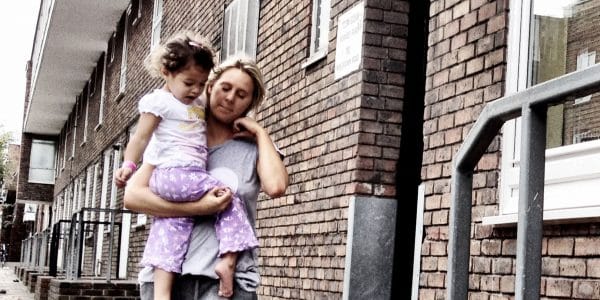
03/02/22
3 min read
New research from the IFS Deaton Review of Inequalities finds that spatial inequalities, those between different areas of the UK, are large and persistent.
In 2019, average wages in London were 60% higher than those in Scarborough and Grimsby. Employment rates ranged from 66% in Skegness and Louth to 90% in Harrogate. Around half of working-age adults in London and Brighton had degrees, compared with less than a fifth in places such as Doncaster, Mansfield and Grimsby.
These spatial inequalities have concerned successive governments and are at the centre of the government’s Levelling Up White Paper. Polling conducted as part of the IFS Deaton Review shows that inequalities between more and less deprived areas are considered the most serious form of inequality in Britain, and an issue on which there is significant agreement across the political spectrum.
Key findings
- Much of the difference in wages between areas is driven by wages for the higher-paid. In 2019, the wages of the top 10% of earners in London were £37 per hour, over 80% higher than the £20 per hour paid to the top 10% of earners in Scarborough. The wages of the bottom 10% of earners were similar everywhere at around £8–£9 per hour.
- Spatial disparities in labour market outcomes largely reflect the concentration of high-skilled workers, who would have better labour market outcomes wherever they live. The share of adults with degrees ranges from 15% in Doncaster to 55% in Brighton. High-skilled workers tend to work in better-performing labour markets, which further magnifies individual labour market advantages. At least 64%, and up to 90%, of differences in average wages across areas can be attributed to differences in the types of people who work in different places.
- The spatial concentration of high-skilled workers is driven by differences in the demand for, and supply of, skills and the interaction between the two. The demand for high-skilled workers is spatially concentrated and possibly becoming more so. There are large differences in educational attainment across areas, that are exacerbated by patterns of graduate migration.
- The self-reinforcing interaction between demand and supply is particularly pronounced in the highest-wage areas and at the upper end of the wage distribution. The result is that the highest-paid jobs are concentrated in London and a handful of other areas.
- Places that offer higher earnings also have higher rents, which may entirely offset gains in earnings. Consistent with this, spatial disparities in well-being are smaller than disparities in labour market outcomes. People in higher-paid places are no happier than those in lower-paid places.
- Differences in labour market opportunities, costs of living and amenities help explain some of the large differences in age structure across the country. Young people are increasingly concentrated in London and other cities, which offer good labour market opportunities. Older adults are concentrated in coastal and rural areas, which offer natural amenities and low costs of living.
- Places matter to people but care is needed when thinking about the impact of place-based policies. The link between individual and spatial disparities is complicated by the fact that some people move, which means that place-based policies do not necessarily end up benefiting the people that they aim to help. In many cases, using a place-based approach to targeting policy will also fail to address within-area disparities or reduce individual inequality.
Investment is needed to reduce spatial inequalities
Mark Franks, Director of Welfare at the Nuffield Foundation said: “As this research shows, geographical inequalities in earnings are large, persistent, and determined by the concentration of high-skilled people and high-wage jobs in London and a handful of other cities. Reducing these inequalities between areas requires investment in making more places attractive to high skilled jobs and workers but doing so will not necessarily improve outcomes for lower skilled workers.
“It is important that efforts to reduce geographical disparities are supported by action to address other persistent inequalities in the UK, including in relation to age, gender and ethnicity. Addressing geographical inequalities is important, but even wealthy areas of the country can still have some of the highest poverty rates. We must not lose sight of the fact that people everywhere should have a fair opportunity for a healthy life and good access to education, public services and employment opportunities.”






















































